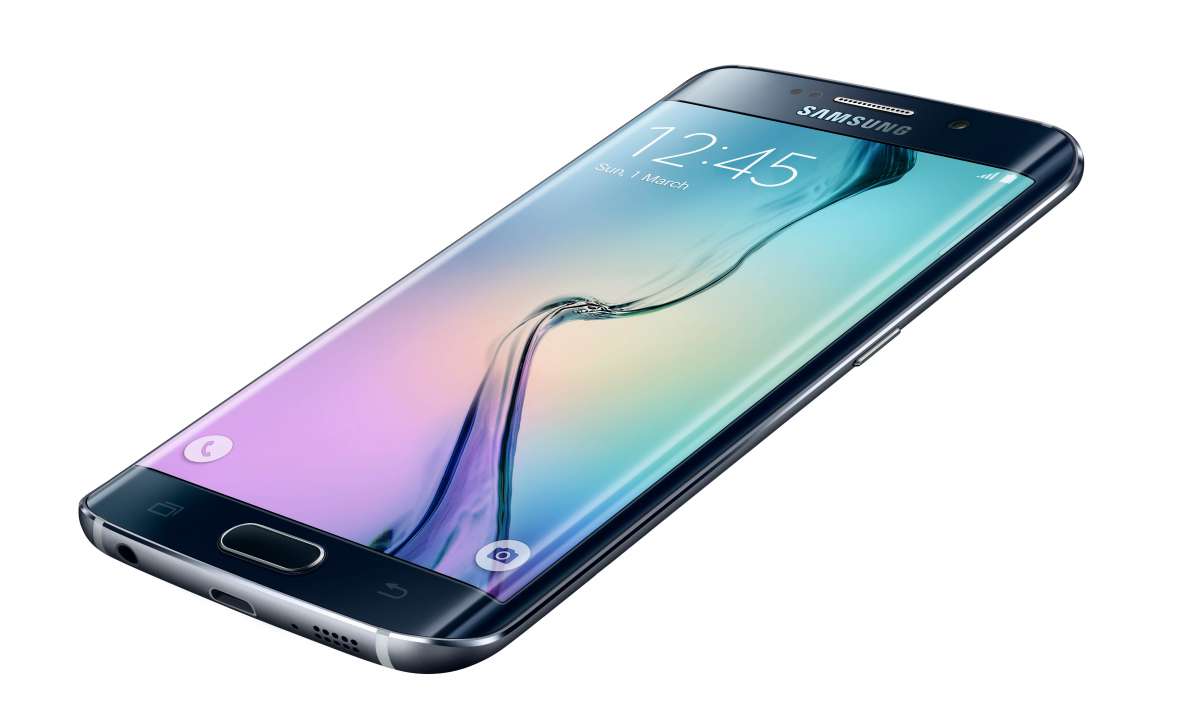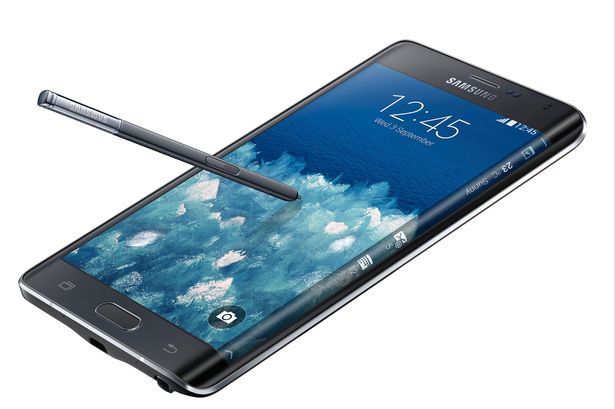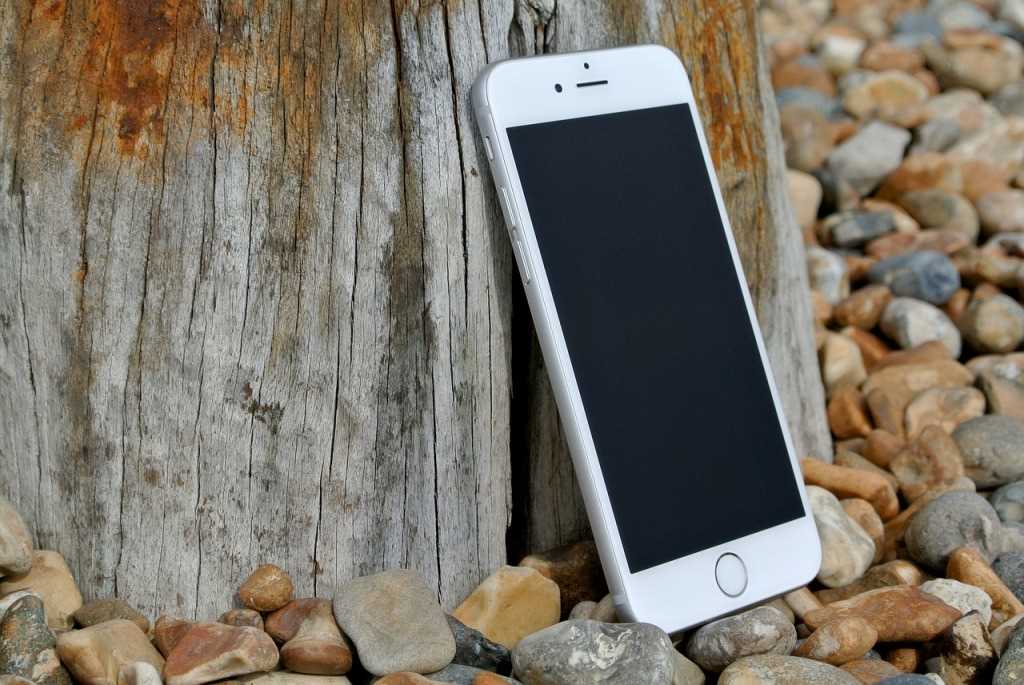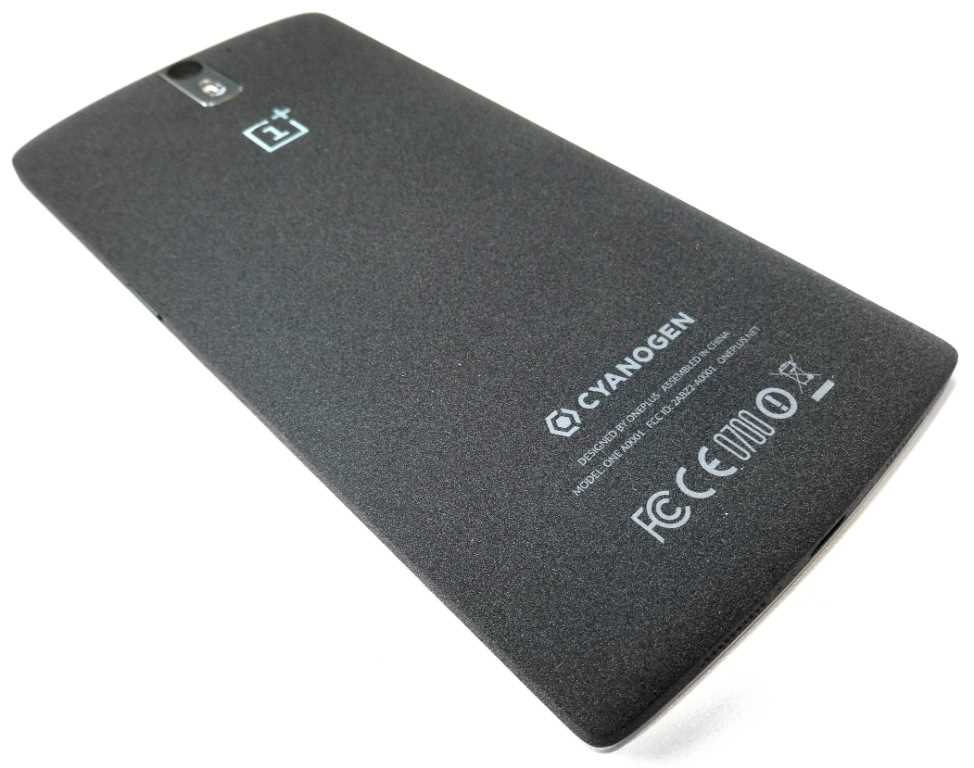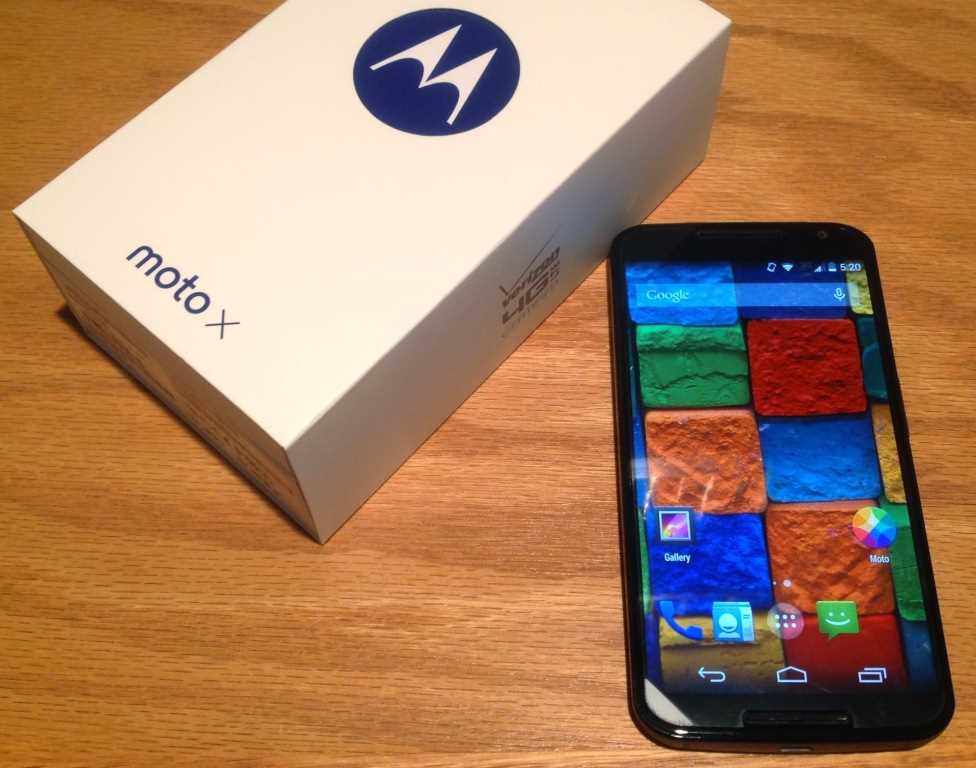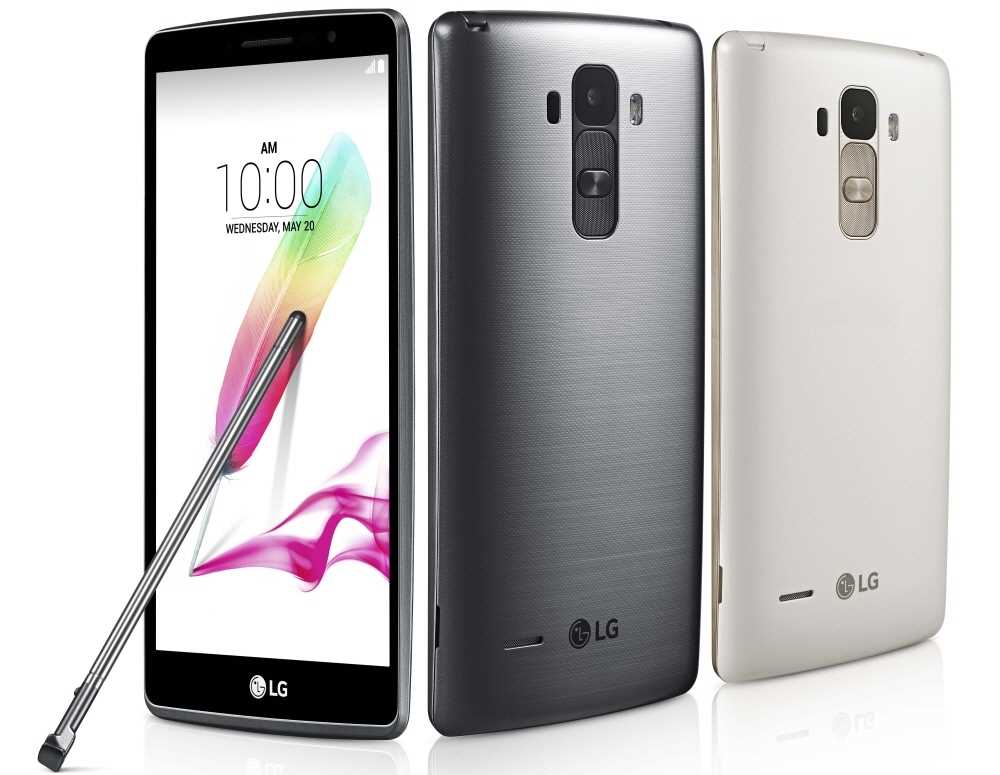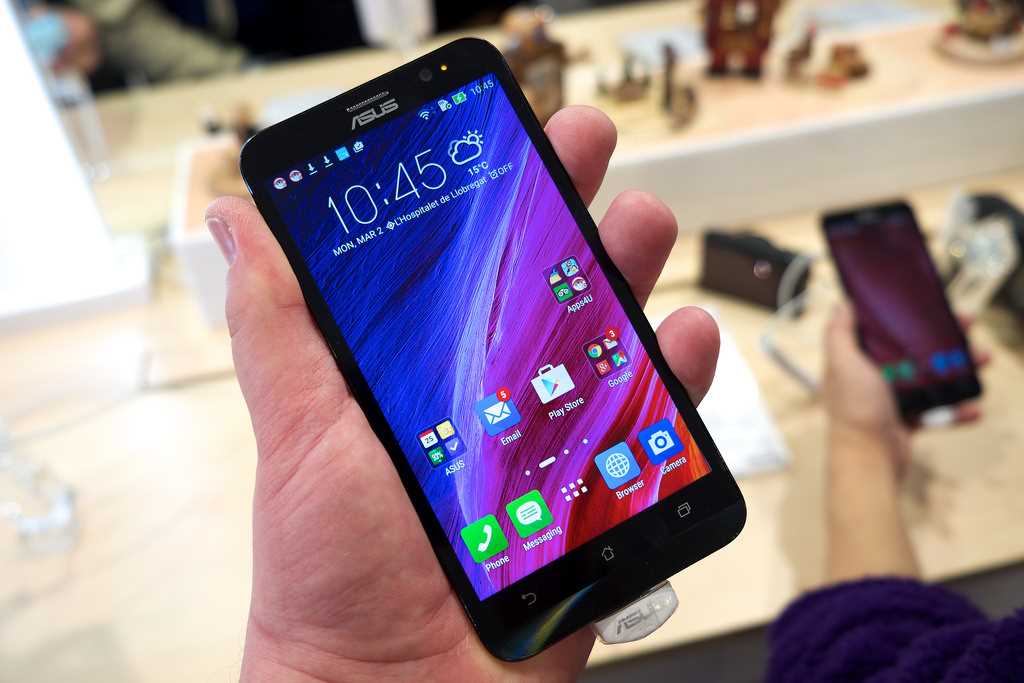
It’s a war out there! No, not among the normal folks of the society but the sophisticated tech-driven ones! It’s a technological war, to say the least, with flagship phones serving the role of the most brutal and able weapons and of the armory as well. What’s good to notice about the war though is that with time, it only gets better and better. Why good? Because each time a company rolls out a new smart-phone, it ups the ante for all the other companies giving to the people the phones they might not need but want to crave for and then come to deserve it.
Today’s technology has come leaps and bounds in the past decade. Gone are the days when phones were meant for only calling and texting (texting is also a modern word, sorry!), and the world would seem simple and minimalistic. Today’s tech giants have taken the reign and come down with all guns blazing and ripped apart the barriers that concealed “Magical Technology.” The phones have now become “smart” and are moving forward becoming ever more smarter and in this race to the top, the people are the ones suffering and enjoying as well (suffering because they have to choose and enjoying because, well, you know why!).
Here, we present to you the top ten handsets in the modern era that are sure to enthrall your eyes, hands, ears, mouths and whatever and cause any and every kind of tingling sensation in your body! (Mind you, the numbers are not ranks; just a means to maintain order)
2015 Smartphones:
1. Samsung Galaxy S6 Edge
The latest flagship from Samsung is sure to lure everybody’s eyes and cause tingling sensations in the stomachs of the masses! But does it truly hold true to its swash-buckling price? The phone sure offers a lucrative deal with the dual Edge being the backbone of this miraculous phone and some hefty specs to back up the brand name and up the ante.
The phone from the tech giants boasts of a metal chassis shunning all those who ever complained about the plastic-ness of most of the Samsung devices. The S6 Edge sports a 5.1in AMOLED screen with Gorilla Glass 4 protection on the front as well as the back. The phone packs an octa-core 1.5 GHz Exynos processor with 3 GB of RAM.
The shutter at the back is 16 MP while at the front a sassy 5 MP and both of which are equally robust when compared with the other devices. The internal storage is a little less with only a 32 GB variant available and no micro SD slot which makes the deal, a little irksome.
Coming to the software, the phone features Android Lollipop with their custom-made TouchWiz as the user interface. It is a lot less bloated when compared to all the previous Samsung devices. Talking about the Edge now, the dual version is not that useful that one might think of it to be, but still, its okay-okay. It sure works well to attract enthralling eyes and do the job it was intended to (which is actually still not clear!). The battery again is another concern as it fails to justify the awesome phone by not providing the necessary power backup as it is just 2500 mAH.
All in all, it’s a blockbuster phone from Samsung and sure to entice the masses but at a price tag of £760, it’s a little bugging, to be honest.
2. Samsung Galaxy Note Edge
The Galaxy Note range already had carved a niche for itself in the market for its potent and distinct features and now comes along the Edge model taking it to a whole new level! (Please note that the Galaxy Note 4 is almost similar to this device but lacks Edge) The 5.6 in Screen phone packs a Quad HD resolution with Samsung Super AMOLED technology, as always.
The insides of the phone are quite hefty as well and feature an octa-core 2.7 GHz processor along with 3 GB of RAM, which gives more than a decent performance. The camera geeks will be quite pleased to know that the primary shutter is 16 MP while the front is resorted a moderate 3.7 MP. Both are able enough to click decent pictures, and the main camera can record 4K videos as well. On the storage front, the phablet is available in 32 GB and 64 GB variants with the added facility to be expandable.
The battery though is the main drawback here. The phone sports a 3000 mAH battery which lasts barely a day. But that could be put aside keeping in mind the various unique features that the phablet offers. The phone runs on Android Kitkat version 4.4.4 along with the company’s trademark Touchwiz UI over it as of now with an upgrade to Lollipop in the frame.
Coming to the unique set of features that the phones entails, we have the S-pen or the stylus that is sure to help the corporate and the nerdy geeks get their work right. Now, talking about the main side feature – the Edge, it is actually more handy than thought to be. It is quite useful and does more than just provide notifications and is sure to enthrall the eyes of the on-looker.
Overall, the phone is great looking with distinctive features and a deserving buy for its price tag of £650. Anyone who wishes for some extra splash of spices may go for it!
3. Apple iPhone 6
Apple is, hands down, apple. The company has remained ahead of the herd ever since it was founded by the mighty Steve Jobs. The company has grown to become the trendsetter in the modern world with their flagship device – the iPhone, stealing the hearts of the masses ever since its launch. Talking about the latest device from the tech-giants, iPhone 6 seems like a new take on the design and the overall feel of the iPhone world.
The iPhone 6 features a 4.7in LED-backlit IPS LCD, capacitive touchscreen along with the age-old shatter proof-glass with an oleophobic coating. The display conceals 750 x 1334 pixels, making for a pixel density of 326 ppi which is the same as has been on every other iPhone since the original ‘Retina’ screen on the Iphone 4.
As for the spec sheet, Apple has never boasted of Octa-core processors or 3 GB of RAM and stuff like that. It has never been into all this stuff but has been delivering all of this quietly and efficiently while boasting of odd specs like 64-bit processors and Retina displays. This phone is no exception and packs a dual-core Cyclone (ARM v8-based) CPU, known as the Apple A8 which was clocked running at 1.4 GHz. The phone comes with a PowerVR GX6650 hexa-core graphics which is paired with 1GB of RAM.
By the looks of it, it doesn’t seem eye-popping or mind-boggling at all but all the tests tell an entirely different story. The iPhone 6 was a top performer when compare with other handsets of the same price range. Everything feels swift and responsive; even intensive gaming. But no need to be surprised: it was the same with the iPhone 5S.
The phone comes with a non-removable Li-ion battery which lasts up to 2 days which is quite impressive. The latest iOS 8 is almost the same as the previous iOS 7 with some minor alterations and differences and the news of iOS 9 is already in the air. The overall feel of the device is, well, apple-ish. As for the camera, iPhone 6 features a 8 MP, dual LED flash snapper at the back with 1.2 MP shutter in the front. But don’t let the numbers fool you; this is Apple, mind you! The camera is able enough to click breathtaking pictures and match the likes of its competitors who boast of much better “Mega Pixels.” The phone comes in 16/64/128 GB storage variants.
Apple has produced its best phone yet, but is it the best phone among all is the question to ponder about.
4. HTC One M9+
HTC took the reins of the smart-phone world when it came up with the One series. It became the undaunted King of the Smart-phone World and was to inspire generations to come. Come now, the latest addition to the family, HTC M9+. HTC tried to play it safe this time round when it announced the much-awaited M9 to the world with not much addition to the phone but only performance enhancements. The M9+ though is another story as it features the highly anticipated fingerprint scanner and some other features as well.
The screen on the M9+ measures 5.2in with an impressive 1440×2560 pixel display as compared to M9’s 5in and 1080×1920 pixels. The beautifully built, metal chassis phone features a MediaTek chip for the M9+ as opposed to the Qualcomm Snapdragon 810 SoC in the One M9. The processor in question is the Helio X10, also known as the MT6795T, with eight ARM Cortex-A53 cores based on the 64-bit ARMv8 instruction set, and an integrated PowerVR G6200 GPU. The phone packs 3 GB of RAM to complement the hefty processor.
Moving on to the camera department, the phone offers a scintillating 20 MP at the back with their own spin-off Ultra Pixel camera at the front. The camera does deliver and doesn’t disappoint when compared with the phones in the same segment. It lets you record at full HD resolution with an above par performance.
The finger print scanner is one unique feature brought in by HTC, which works just fine but lags at times. The trademark Boomsound speakers are present as expected (it has become a tradition, actually). The battery is alright with 2850 mAH and serves well up to a day or so. The software is HTC’s home-grown Sense UI with Blinkfeed on top of Android Lollipop.
The flagship smart-phone from HTC is good but not great. The company that brought us the One series sure has disappointed a bit, but that doesn’t mean the phone is bad. It looks great and feels great and is a great buy at/around £600.
5. One Plus One
One of the surprise entrants and a truly deserving one actually; this phone set the bar high for the smart-phone segment as it was an outsider. It joined the big league and gave stiff competition to the likes of HTC, Samsung and Apple. The power-packed cheap phone became a stellar hit among the masses as it offered all the flagship material specifications at a cheap cost.
Examining the specs, the phone a hosts a healthy 5.5in IPS LCD capacitive touchscreen display with Corning Gorilla Glass 3 protection and a multi-touch capacity of up to 10 fingers! (Yes, you read that right! All of the 10 Fingers!) A big thumbs-up for the cheap phone!
Looking at the internal organs, you get a Qualcomm MSM8974AC Snapdragon 801 processor, a quad-core Krait chip clocked at 2.5GHz paired with 3GB RAM. The graphics are taken care of with an Adreno 330 GPU. Imagine that in a cheap phone! The spec sheet clearly indicates a spectacular performance at par with most of the flagship devices hanging around in the market. The storage front looks good too with 64 GB variant on the chart (but no expandable storage but that’s not an issue).
The shutterbugs would be happy to hear that the phone features a 13 MP Sony Exmor camera, with dual LED flash, and f/2.0 aperture at the back a 5 MP shooter at the front. The camera is capable of shooting 4K resolution at 30 fps.
The phone runs on Android KitKat 4.4.2 with an OTA Android L upgrade being provided in the recent times but it’s not your stock Android. OnePlus One works on Cyanogen Mod which is a rip off of Android and is much more customizable and a bit more Android! Don’t worry, you’ll still get your favorite Play Store! The phone’s UI is simply awesome as it can be customized as per ones’ needs, just the way one likes. The One packs a large Li-Po 11.8Wh (3100 mAh) battery which is more than enough. It lasts much more than a day without compromising.
The cheap phone is therefore, not cheap and can shy the likes of biggies. It’s a solid buy at £229 and can simply rock your world! Go for it!
6. Motorola X (2nd Gen)
Motorola caused a stir in the world when it unveiled the Motorola X and Motorola G because not only were they potent smart-phones but actually more than just that and were able to bring Motorola back into the Smart-phone race and that too with a bang – so loud that everybody heard it crystal clear.
The Moto X2 is not just a prodigy but has all the right ingredients of making it the best. Let’s have a look at some of its most interesting features:
First of all, the screen on the X2 is pretty much decent. It flaunts a 5.2in AMOLED capacitive touchscreen with a resolution of 1080×1920 pixels. It is protected with the Corning Gorilla Glass 3 and overall is nice to see and feel. The full HD display makes for a crisp performance and solid display. It features an all aluminum body giving it a premium look and feel. It packs a quad-core 2.5 GHz processor along with the Qualcomm Snapdragon 801 chipset. The graphics performance is sublime with the Adreno 330 GPU at 578 MHz and the memory, being a healthy 2GB of RAM.
One slight problem with the phone though is that it doesn’t come with a micro SD card slot but only the 16 GB and 32 GB variants which make it a bit harsh for the users. The camera is pretty good with slight fluctuations at times but manages to click some decent photographs with the 13 MP snapper. The front-facing 2 MP camera is not bad either as it lives up to the expectations of the selfie lovers!
The phone runs on Android Lollipop as the latest updates just rolled out to the users (and also because it is under Google and thus gets timely updates). The user interface is clean and subtle with not much of bloatware but rich user experience as the main priority. The phone is waterproof but more or less, “splash-proof,” in the true sense of the word. The battery works just fine even though it is a paltry 2300 mAH.
Keeping all the things in mind, this flagship phone from Motorola is truly a star when it comes to performance. Look at its price (£300) and you know it’s an awesome buy!
7. YotaPhone 2
The original YotaPhone wreaked havoc among the masses owing to its unconventional design – dual-screen! The 2nd generation phone is basically an improvement over the original concept, but good Lord is it beautiful! The phone features a 3D curved matte finish Gorilla glass e-ink driven back screen and an equally able front screen which makes it look stunning from both ends (though the design and feel are quite simplistic – just the way we and the people like.
The main screen in actually a 5 inches AMOLED screen with a full HD resolution and the back one is qHD 4.7in screen worked upon by e-ink. The back screen isn’t only able to read you ebooks and stuff but all other notifications and almost every other thing – the minimalistic way.
Coming to the performance, the phone packs a Qualcomm Snapdragon 800 chip but the company now ships it with the latest 801 chip with a quad-core 2.3 GHz processor. It also entails 2 GB of RAM. Coming to the battery, the phone offers a decent 2500 mAH battery that is able enough to run your phone for a day – if you use the main screen; work on the back one and what you get is 2-3 days battery back-up or maybe more!
The back sports an okay-okay 8MP shutter with LED flash while the front features a 2MP camera that serves just fine for selfies. The storage is a bit of problem as it cannot be expanded but is a good 32 GB – double the amount most smart-phones offer.
All in all, it’s a good buy for £440 but except for the dual-screen feature, the phone lags behind the other flagships. Consider buying this, if you have special place in your heart for funky features.
8. LG G4
When everybody thought LG was out of the race of building pure-breed smart-phones, they came out with the G series and everybody went like – WOW! This kick started LG’s emergence into the smart-phone war and made them one of the true pioneers of what we call the tech-world today. Their latest offering to the world, the LG G4, is sure to catch many eyeballs and set the stakes rolling.
The LG G4 comes with a 5.5in Quad HD LCD display with razor sharp graphics that are pumped up with a 2560×1440 pixel resolution which is incredibly crisp. Then there is the usual Corning Gorilla Glass 3 protection. As for the design, the LG G4 is a bit curved like the G-Flex2 but not that much! The curve isn’t much of a bother and doesn’t quite stare in the naked eye and looks just fine. The back panel and the front too looks pretty decent.
The device is packed with Qualcomm’s 64-bit, hexa-core Snapdragon 808 processor, which has a clock speed of 1.8GHz and 3GB of RAM. You also get NFC support that works in juxtaposition with services like Google Wallet, 32 GB of internal storage and a micro SD card slot that expand the storage up to 2TB.
The camera on the G4 is pretty good as well – 16 MP on the back with 8 MP on the front; all the queries of the shutterbugs shut in an instant. Both the snappers are pretty good and capable of clicking some nice pictures. The battery backup on the phone is fine as well with a 3000 mAh removable battery on the dock.
The phone offers Android Lollipop with LG’s custom-made UX 4.0 as the user interface. It’s pretty cool to use with no such bloatware as on Samsung devices (which they seem to have reduced with their latest offerings).
On the whole, LG G4 seems to be an able smart-phone with fully-loaded features and the thirst to prove itself to the world; it is a worthy buy at/around £600.
9. Sony Xperia Z3
The Sony flagship is a masterpiece in its own. The glassy looks and the wonderful chassis; all make up for a robust phone. A slight alteration to the previous flagship in the realm of Sony Xperia Z series; the Z3 does little justification to the “successor” tag leaving the owners of the Z2 model in not much bother.
Sony has stuck to the same Full HD resolution along with the 5.2in screen size claiming that the higher Quad HD resolution isn’t noticeable or worth sacrificing battery life. Sony does offer it’s solidly impressive display technology though, including the Triluminos display and X-Reality (intuitive contrast enhancement).
The phone packs the same Qualcomm Snapdragon 801 processor (so no 64-bit here in preparation for Android L) which is clocked higher at 2.5GHz compared to 2.3GHz on Z2 along with 3 GB of RAM which is a healthy amount.
The battery life is pretty good considering it is able to last up to a good two days with 3100 mAH in the dock. The phone packs a modest 16 GB internal storage with the option to expand further up to 128 GB. The photography department gleams ever so good with the same old 20.7 MP Sony Exmor RS shutter at the back along with a 8MP shooter in the front, both of which make up for great picture-clicking! The added ability to shoot videos at 4K resolution is just another bonus.
Talking about the new features, the proud owners and to-be owners of the Sony Playstation 4 can now rejoice as the phone features remote play wherein users can play the playstation games on their phones via WiFi along with the trademark dualshock remote controllers. Another new feature is the High Res Audio – making it the first smart-phone to support DSD playback. In the software field, Sony operates on the Android KitKat 4.4.4 with an upgrade to Android Lollipop in the frame.
The phone is a good buy at £515 but lacks the swag that made its predecessors worth the high price.
10. Asus Zenfone 2
A company that started from scratch (they used to make motherboards) and built themselves into what we see them as today, Asus has gone through a revolutionary transformation to come to the standards that it is now on. The company doesn’t only succeed at winning the hearts of millions of customers but obliging to the promise of making great smart-phones at great prices! Similar is the story with the Zenfone 2, the follow-up to the much acclaimed Zenfone series. Let’s see why this phone sets the bar high and the bells ringing amongst all.
The Asus Zenfone 2 features a great 5.5-inch IPS LCD screen with a 1080p resolution along with a pixel density of 403 ppi. The screen is quite impressive and doesn’t lack in any aspect; Quad HD may just be pretty awesome, but Full HD doesn’t lag behind either!
Coming to the insides, the Asus Zenfone 2 packs a wallop with a 64-bit Intel Atom Z3580 processor, clocked at 2.3 GHz, backed by the PowerVR G6430 GPU. It is also the first and the only smart-phone to boast of 4 GB RAM. The other versions of the device though come with 2 GB RAM and feature a 1.8 GHz Intel Atom Z3560 processor; so, the performance may vary depending on the variant one may choose. Coming to the 4 GB version, it feel quick and responsive from the word go! Animations are smooth, application open up swiftly, and the gaming is handled extremely well. Everything works in a jiffy for this dark-horse of the smart-phone race!
The camera department looks good with a 13 MP shooter at the back and a 5 MP snapper at the front. Numbers may speak volumes, but the performance of the camera sometimes lags which is the only minor drawback of this awesome phone. The battery looks good as well with 3000 mAH in the docks which works just fine for a day or two.
As for the software, the phone comes laden with the Android Lollipop, on top of which rest the Asus Zen UI, which looks pretty decent and works quite well as well. It is quite fluent to operate and doesn’t pose any kind of glitch or problem.
On the whole, the phone looks just fine. With power-packed features that match up with the best in the market and everything available at such a low price range of £179-£349, the phone is a beast ready to prance!
All the phones listed in the article are true winners in their own regard. Any phone you buy is solely based on your choice and any phone you buy from the list mentioned above is sure to entice you and gift a granting life!
